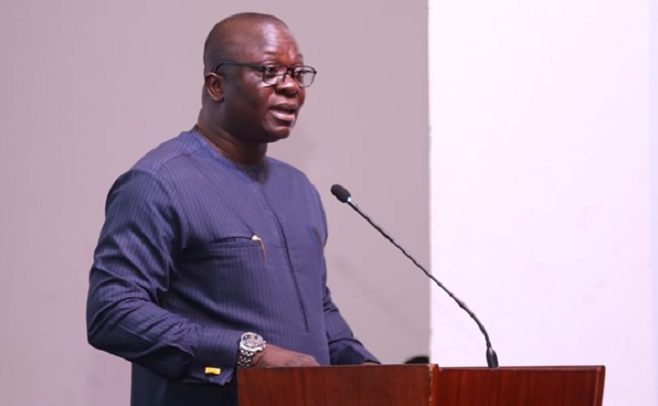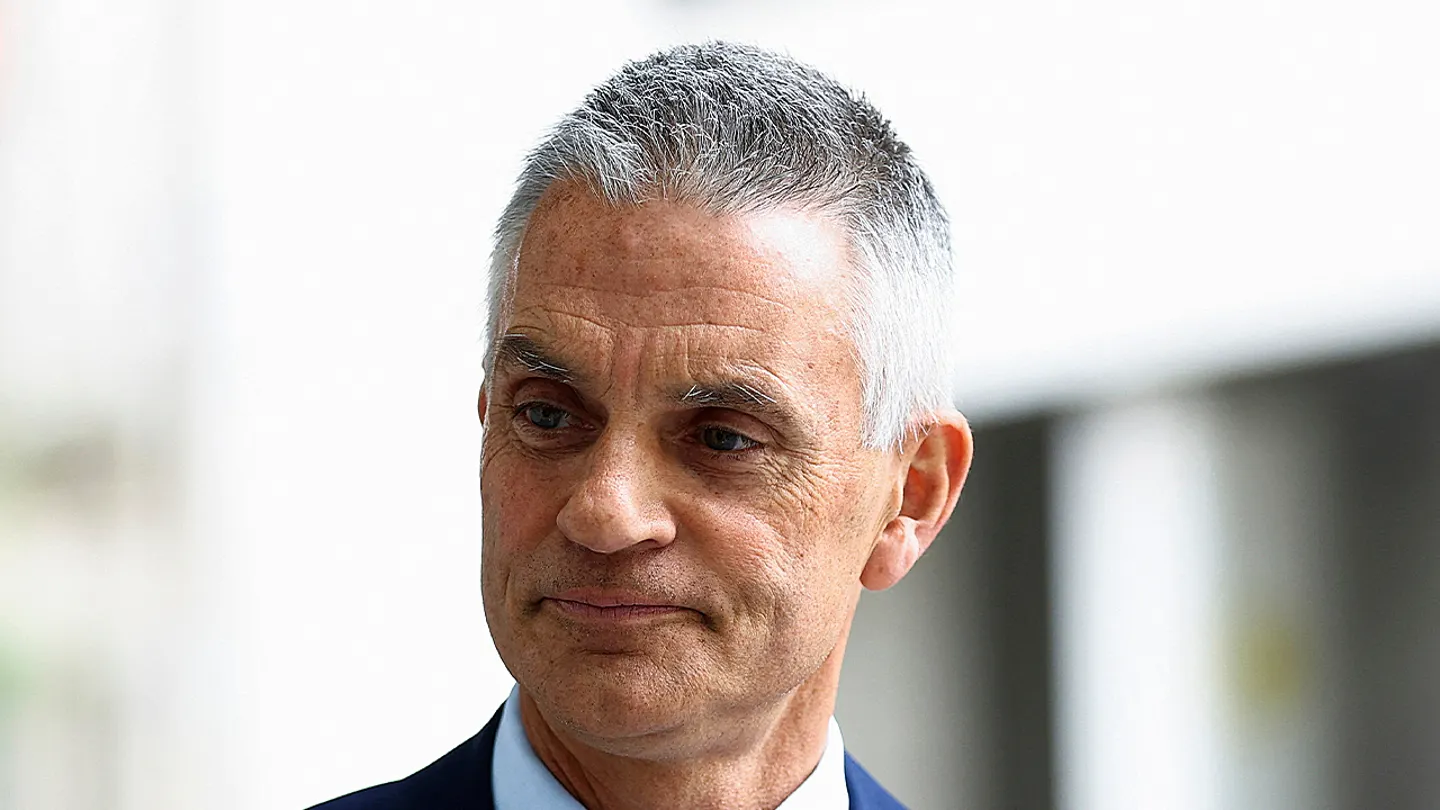
The National Development Planning Commission (NDPC) has reintroduced the Ghana Infrastructure Plan (GIP) as a renewed framework to guide the country’s long-term development agenda. The relaunch, performed by President H.E. John Dramani Mahama, forms part of a broader national vision to reshape Ghana’s economic and physical landscape by the time the nation celebrates its centenary in 2057.
Originally developed in 2016 to complement the 40-Year Development Plan (2018–2057), the GIP was revised in 2019 to reflect changing national priorities. Despite these earlier efforts, implementation progress has been limited. The current relaunch, therefore, seeks to revitalise interest in infrastructure as a key driver of sustained growth and national competitiveness.
Key Focus Areas of the Ghana Infrastructure Plan
The Ghana Infrastructure Plan presents a detailed roadmap for developing essential infrastructure across major sectors, including energy, transport, housing, information and communications technology, and environmental sustainability.In the energy and power sector, two flagship projects stand out: the construction of a 60,000-barrels-per-day oil refinery in the Western Region and the establishment of Ghana’s first nuclear power plant by 2029. These projects are intended to enhance energy security, reduce dependence on imported fuels, and support industrial expansion.
The transport sector is another major pillar of the plan. It proposes the construction of three major bridges across the Volta Lake, new circular and arterial roads for the Greater Accra Metropolitan Area, and bypasses on key trunk routes in Kumasi, Tamale, Cape Coast, and Takoradi. A four-lane Accra–Kumasi freeway and a coastal corridor forming part of the Lagos–Abidjan project are also envisaged.In the rail sector, the GIP outlines plans for a direct railway link between Tema Port and Boankra Inland Port, as well as Ghana’s first underground rail system connecting Accra and Adenta.
Additional suburban rail lines are proposed for Accra, Kumasi, Tamale, and Sekondi–Takoradi, alongside national north–south and transversal routes and a Trans-ECOWAS line.Aviation and maritime transport are also central to the plan. It includes the development of a new international aerotropolis at Prampram through public–private partnerships, a new Kumasi Airport at Ankaase, and upgrades to regional airports to enhance tourism and trade. Along the coast, new fishing ports and landing sites are to be developed to boost marine transport and improve livelihoods in coastal communities.
The plan also envisions a modern smart city at a strategic location, the construction of teaching hospitals in every medical training institution, and the development of around 520,000 hotel rooms through private sector investment. It further proposes technology parks and business processing centres in all districts and the establishment of a nationwide electric vehicle charging network.
The Scale of Investment and the Financing Challenge
According to NDPC estimates, Ghana will require about 37.2 billion United States dollars each year over the next 30 years to achieve the GIP’s targets. This amounts to roughly 1.1 trillion dollars between 2018 and 2047. A further 237.4 billion dollars will be needed for maintenance, bringing the total infrastructure investment requirement to about 1.35 trillion dollars.Meeting this financing target presents a major challenge. Ghana’s limited fiscal space, high debt servicing costs, and reduced access to concessional funding make traditional financing approaches unsustainable. There is, therefore, an urgent need to adopt innovative strategies to mobilise the scale of investment needed.
Innovative Options for Mobilising Resources
To close the gap, the NDPC has outlined several strategies aimed at mobilising both domestic and international resources. These include land-based financing and value capture mechanisms, promoting value addition to mineral resources through local manufacturing, reducing illicit financial flows, and leveraging the Ghana Infrastructure Investment Fund (GIIF) to attract more global investment.While these strategies are promising, they are unlikely to fully meet the resource requirements of the GIP. Heavy reliance on borrowing would also increase fiscal risks. For this reason, the Commission has stressed the need for financing models that blend public oversight with private sector participation, ensuring both efficiency and sustainability.
Public–Private Partnerships: A Practical Way Forward
Public–Private Partnerships (PPPs) remain one of the most practical and sustainable mechanisms for funding large-scale infrastructure projects without unduly burdening public debt. PPPs enable the private sector to contribute technical expertise, innovation, and operational efficiency to project delivery.
Although the GIP identifies some projects, such as those in the tourism and hospitality sectors, as PPP-driven, many of the proposed initiatives do not specify funding models. A structured approach is therefore needed to determine which projects are best suited for PPP implementation and which should rely on public financing.It has been recommended that a national panel of PPP experts be established to assess the financial and technical viability of projects. Such a body would help ensure that PPP arrangements are applied consistently and strategically, reducing fiscal pressure while maintaining the quality and sustainability of infrastructure investments.
Building the Capacity to Deliver Successful PPPs
One of the main challenges facing PPP implementation in Ghana is limited institutional capacity. Many ministries, departments, agencies, and local assemblies lack the technical skills to identify, structure, and manage such projects effectively. The Ministry of Finance, working closely with the Ghana Infrastructure Investment Fund, should therefore lead the process of strengthening technical expertise and developing frameworks for creating bankable projects that attract credible investors.
Enhancing investor confidence is equally important. This can be achieved through transparent regulatory practices, clear communication, and proactive project promotion. Organising investment roadshows locally and internationally will also give investors better visibility into Ghana’s infrastructure opportunities and demonstrate the government’s commitment to credible partnerships.
Laying the Foundation for Ghana’s Centenary Vision
The relaunch of the Ghana Infrastructure Plan represents more than just the revision of a policy document. It signals a renewed national commitment to building the foundations of a modern, competitive, and sustainable economy. Achieving the plan’s goals by 2047 and ultimately by 2057 will require strong political will, coordinated planning, and innovative financing.
If Ghana succeeds in mobilising resources effectively through the strategic use of public–private partnerships and sound investment management, the nation could undergo one of the most transformative infrastructure developments in its history, laying a solid foundation for growth and prosperity in the decades leading to its centenary celebration.
By Dr Joseph K. Ofori-Kuragu
About the Author
The author is a Public–Private Partnership (PPP) expert based at Anglia Ruskin University, UK. He is a Director at Innovation Inc (www.innovationinc.group) and can be reached at [email protected].
The post Feature: Rethinking How to Finance Ghana’s Infrastructure Transformation appeared first on The Ghanaian Chronicle.
Read Full Story














Facebook
Twitter
Pinterest
Instagram
Google+
YouTube
LinkedIn
RSS